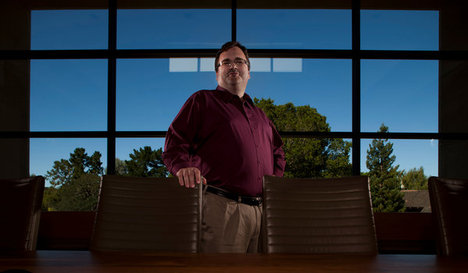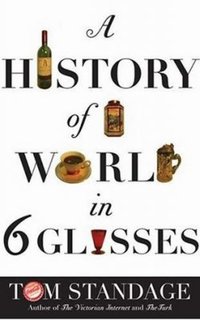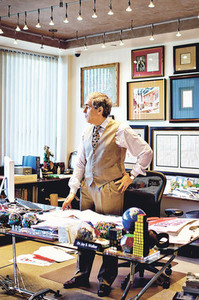(p. 248) . . . , malaria infects 300 million to 500 million people worldwide, causing 2 million deaths per year. It is debilitating to those who don’t die and leads to cyclic poverty. But in the 1950s the level of malaria was reduced by 70 percent by spraying the insecticide DDT around the insides of homes. DDT was so successful as an insecticide that farmers eagerly sprayed it by the tons on cotton fields–and the molecule’s by-products made their way into the water cycle and eventually into fat cells in animals. Biologists blamed it for a drop in reproduction rates for some predatory birds, as well as local die-offs in some fish and aquatic life species. Its use and manufacture were banned in the United States in 1972. Other countries followed suit. Without DDT spraying, however, malaria cases in Asia and Africa began to rise again to deadly pre-1950s levels. Plans to reintroduce programs for household spraying in malarial Africa were blocked by the World Bank and other aid agencies, who refused to fund them. A treaty signed in 1991 by 91 countries and the EU agreed to phase out DDT altogether. They were relying on the precautionary principle: DDT was probably bad; better safe than sorry. In fact DDT had never been shown to hurt humans, and the environmental harm from the miniscule amounts of DDT applied in homes had not been measured. But nobody could prove it did not cause harm, despite its proven ability to do good.
Source:
Kelly, Kevin. What Technology Wants. New York: Viking Adult, 2010.
(Note: ellipsis added.)





